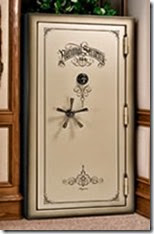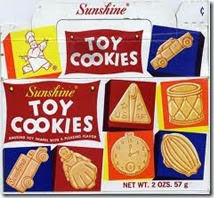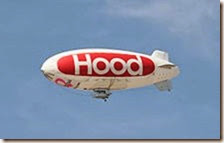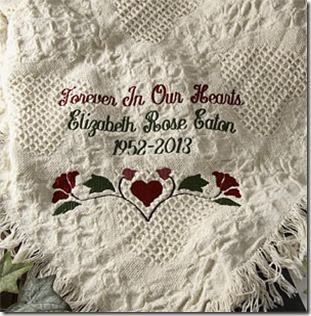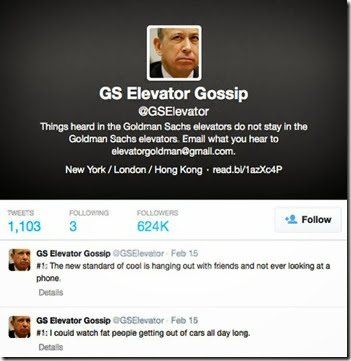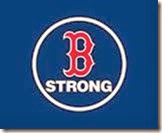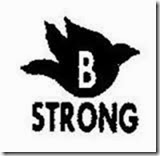Forget Putin. Forget March Madness. Forget earthquakes and mudslides.
Robots seem to be making an awful lot of headlines lately.
I mean, a robot is even the cover boy – cover thing? – on The Economist this week. I haven’t had a chance to really delve into that one, but I did see a bit of it. And I’ll have to think about whether it’s a net gain for humanity that there are Japanese robots that look like baby seals and seem to help soothe old folks with dementia. (Sure, there’s probably no harm done to the granny stroking the robotic seal, but what does it do for the rest of us, and our conception of humanity?)
Anyway, Bloomberg got in on the act a couple of weeks back with a fear-factor article that, while not focused exclusively on robots, did suggest that half the jobs in the U.S. are at risk of takeover by some form of automation, whether behind the scenes software or by actual robots who that, with their whirring arms, vaguely resemble humans. Or, if they’re covered with fur, vaguely resemble baby seals.
It’s been a while since the more mundane legal tasks, like sorting through a million documents looking for the written-word equivalent of the smoking gun, were taking off the desks of entry level lawyers and outsourced to bright young things in India. These days, the voyage of discovery is as often as not being navigated by software.
So, okay, this isn’t news to any recent grads of the B- and C-tier law schools who bounced out with $200K in debt to find no one willing to hire them.
Still, it’s an indicator that a lot of what we used to think of as sacrosanct “knowledge work” isn’t staying put, or being off-shored, but is being done by thinking machines. (Hey, Thinking Machines, wouldn’t that be a great name for a computer company. Oh, wait, wasn’t there one in these parts a while back???)
Artificial intelligence has arrived in the American workplace, spawning tools that replicate human judgments that were too complicated and subtle to distill into instructions for a computer. Algorithms that “learn” from past examples relieve engineers of the need to write out every command. (Source: Bloomberg.)
I have to say, this is giving me déjà vu all over again.
At some point in the mid 1980’s, several of my friends and colleagues were recruited to join a really smart-folks start up that was developing AI software that was going to take the guesswork out of investment decisions.
Instead of making decisions on the back of a napkin, or based on tedious, complicated spreadsheets, this company – which I will call Big Brain Smart People, Inc. – was going to package it all up and put it into a machine. It may even have been a Thinking Machine that it was going into.
All the business people who were going to pay millions for this black box decision maker would need to do would be to pump in some numbers, and the machine would tell them what to do.
Personally, I had my doubts about this.
All the number crunching in the world can’t really tell you whether an investment is going to pay off. (Just ask all the number-crunching investors out there.)
There are all sorts of intangibles: all the back-story knowledge about the market crammed in your head, gut instinct, experience, your sense of the horses (i.e., the humans) you’re backing, etc.
Anyway, since so many of the big brain smart people I knew were getting jobs at Big Brain Smart People, I, of course, wanted in, too.
So I managed to get interviewed by a whole bunch of the big brain smart people who worked there. Which made me even more eager to get me a job offer. After all, who wouldn’t want to have a bunch of big brain smart people confirm that you, too, are a big brain smart person?
I apparently booted my opportunity when, during my interview with one of the biggest of the big brain smart people, I asked exactly why someone would invest millions of dollars for a system that would replace what goes on on the back of a napkin. For free. (Just askin’.)
This question clearly marked me as someone with a brain not quite big enough to wrap itself around the Big Brain Smart People vision.
Despite the doubts I had, I was devastated when I didn’t get an offer.
Weighed and found wanting…
Always hard to take.
Of course, I am not above having felt a frisson of joy when Big Brain Smart People imploded a couple of years later. (Vindication, whether served hot or cold, is fun!)
But I guess that Big Brain Smart People was just plain ahead of its time.
The advances [in computing], coupled with mobile robots wired with this intelligence, make it likely that occupations employing almost half of today’s U.S. workers, ranging from loan officers to cab drivers and real estate agents, become possible to automate in the next decade or two, according to a study done at the University of Oxford in the U.K.
Are there any “safe havens”, job-wise?
It could remain cheaper for some time to employ low-wage workers than invest in expensive robots. Consumers may prefer interacting with people than with self-service kiosks, while government regulators could choose to require human supervision of high-stakes decisions.
Phew!
And computers can’t (at least for now) improvise when they’re faced with something new. And they can’t (at least for now) innovate.
“There will always be work for people who can synthesize information, think critically, and be flexible in how they act in different situations,” said [Stanford’s Andrew] Ng, also co-founder of online education provider Coursera Inc. Still, he said, “the jobs of yesterday won’t the same as the jobs of tomorrow.”
What about Pink Slip? Is it just a matter of time before this labor of love is replaced by a robotic, AI blogger?
